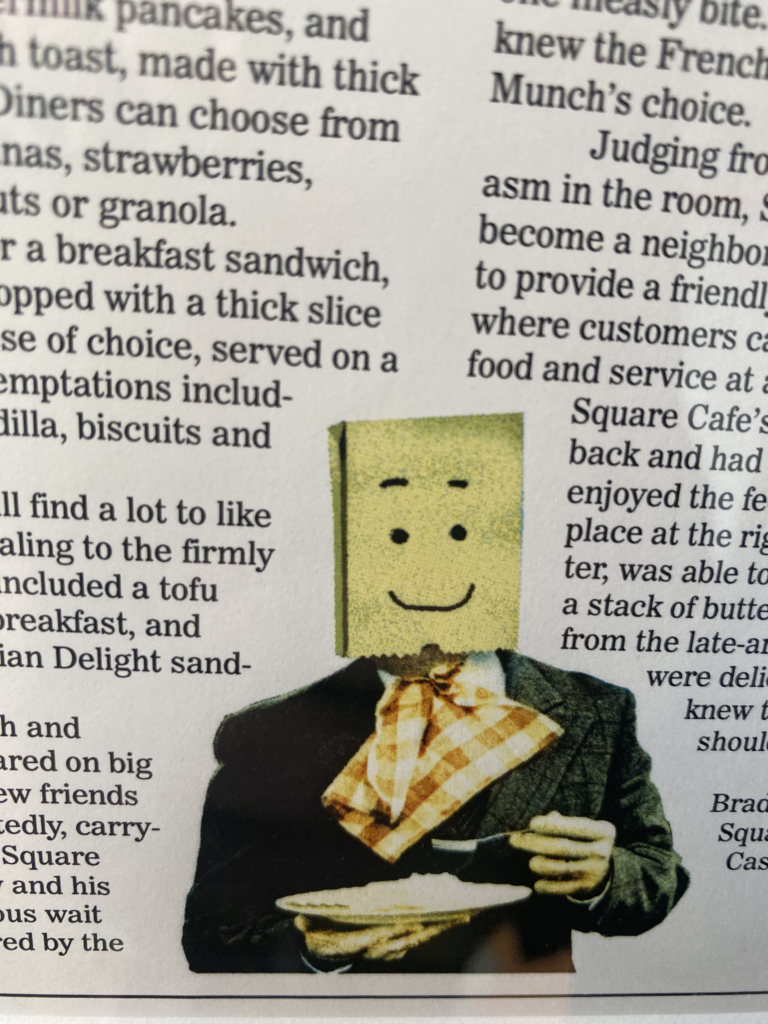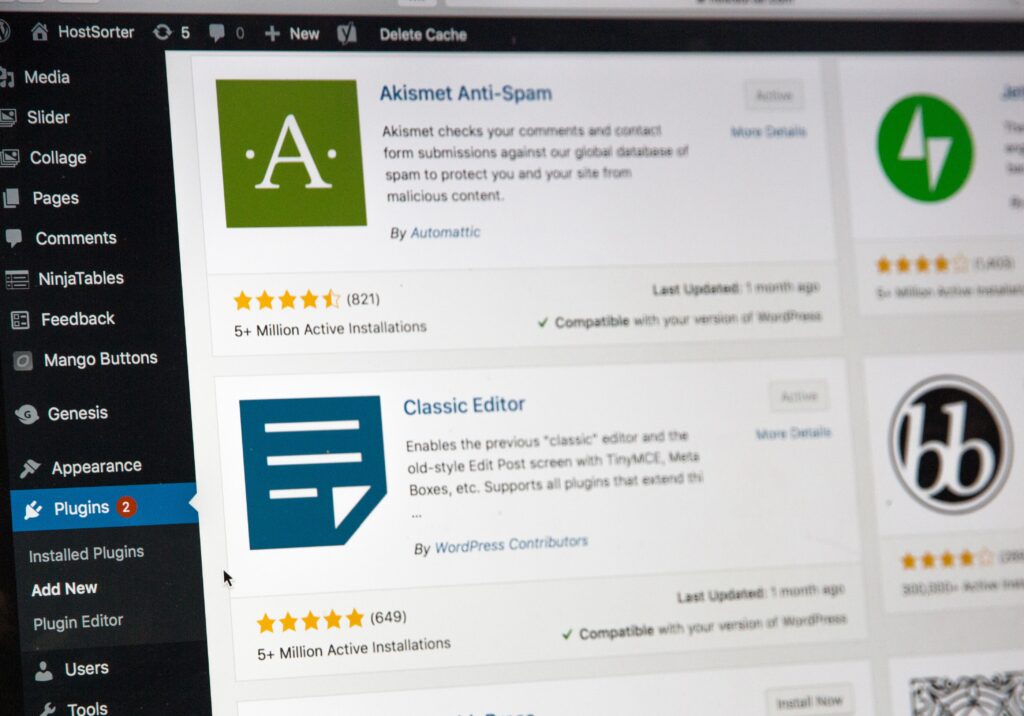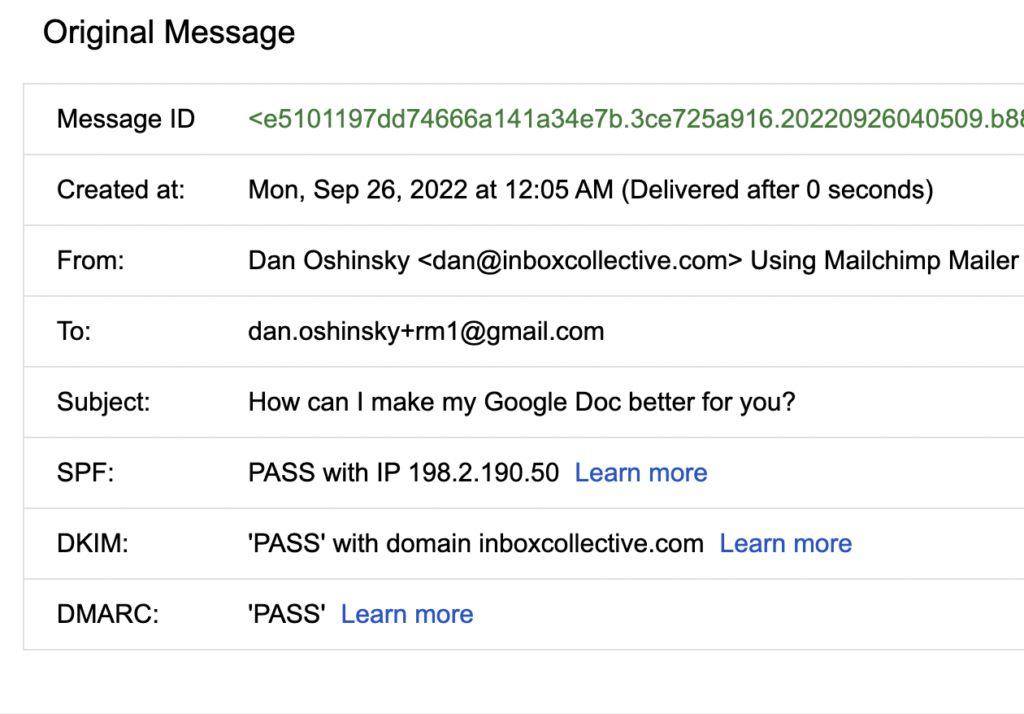
In the 1990s and early 2000s, the most trusted name in dining in Pittsburgh, Pennsylvania, was someone named… Munch.
Munch was the food critic for the Pittsburgh Post-Gazette. Munch’s true identify was unknown — they appeared in the paper as a photo of someone with a paper bag over their head. They wrote in third person. (Here’s one line from a review of a local brunch spot: “Munch knew the French toast should’ve been Munch’s choice.”)
Lots of cities had anonymous food critics — not many had a byline like “Munch.” But talk to anyone from Pittsburgh and they’ll tell you what an influential critic Munch was. Their reviews were widely read and respected in western Pennsylvania. Munch stood for excellence in dining — if Munch said the food was good, you could trust it.
And it’s a reminder for me: You don’t need the most sophisticated branding. A name is just a name. What matters is what you do with it.
———
That’s the photo of Munch that appeared in reviews in print.








